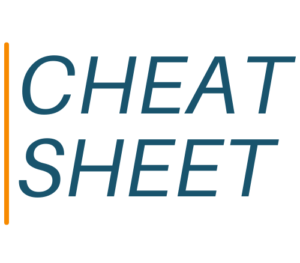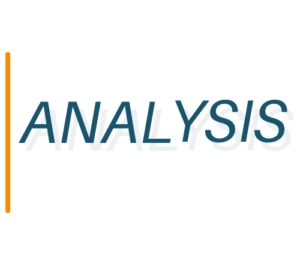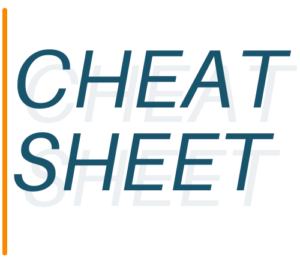
Cheat Sheet: EdTech Podcasts
We were pleased to find ten podcasts dedicated to edtech. All ten seem to be interview-based, rather than a rundown of recent events, like many other tech podcasts. This bodes well for pitching.

We were pleased to find ten podcasts dedicated to edtech. All ten seem to be interview-based, rather than a rundown of recent events, like many other tech podcasts. This bodes well for pitching.

When indie IoT journalist Stacey Higginbotham ceased publishing Stacey On IoT in August 2023, PR pros mourned. Technical and personable, Stacey was in a class by herself. Still, we have found 17 targets worth pitching.

We came up with a half-dozen podcasts that focus on workplace issues. Contact info included. Most are backwaters. Check out the Adam Grant one; he is affiliated with TED.

Here’s a cheat sheet with 15 targets who cover workplace issues, ranging from real estate to DEI. Watch for our companion cheat sheet on newsletters and podcasts that cover this trend.

Fortune will finish 2023 as the hottest publication out there. According to Similarweb, Fortune’s 2022 web audience grew 60 percent, from 12M to 20M. In ’23 it will have grown another 50 percent, from 20M to 30M.

Here are 20 reporters who have covered the topics of disinformation and misinformation. Our research found that the latter term was covered a bit more than the former. There is currently no difference in the two; the terms seem to be interchangeable.

Here’s a cheat sheet with 19 targets who cover issues related to Gen Z. You’ll see a mix of B2B and B2C names, from newsletters to newspapers.

Here’s a cheat sheet with 24 columnists (and reviewers) who write for WSJ, NYT, Bloomberg and the FT. Columnists are typically tough to pitch, being the creatures of opinion they are.

As a companion piece to our Tier 1 on TikTok cheat sheet (Oct. 22), here’s a look at Tier 1’s presence on YouTube. You’ll see some outliers in the list as well. We organized the cheat sheet by YouTube followers, in descending order.

Entrepreneur Magazine doesn’t make it easy for PR pros. It publishes no masthead, or even an “About Us” page. Determine who’s on staff and who’s a contributor is quite the challenge. This cheat sheet is as close as one can come — featuring eight names.
YOUR ACCOUNT
FRIDGE NOTES
Former NYT reporter and Google Cloud EIC Quentin Hardy also interviewed Eric Savitz about his career and move to GM. Good reading.
The UK-based newsletter company called Trending Now uses AI to scrape what’s trending across 27 areas of B2B. Press Gazette has additional detail. The company employs ten, none of whom are journalists (by traditional definition).
The full union membership needs to ratify it on July 24, but it looks like no editors can be laid off or suffer a salary cut if the publication goes big in its use of generative AI. More detail here from Neiman.
Goldman Sachs took 32 pages to say pretty much that. The media business may turn out to be an outlier, an industry perfectly suited to synthetic, multilingual words, sounds and images at scale. As for everyone else, well, the global consultancies will learn the truth first because they have rushed to monetize Gen AI — they aren’t yet succeeding.
Three free one-month subs are available from SWMS, no catches or gimmicks. Get in touch for details. BT is among the best tech newsletters out there.